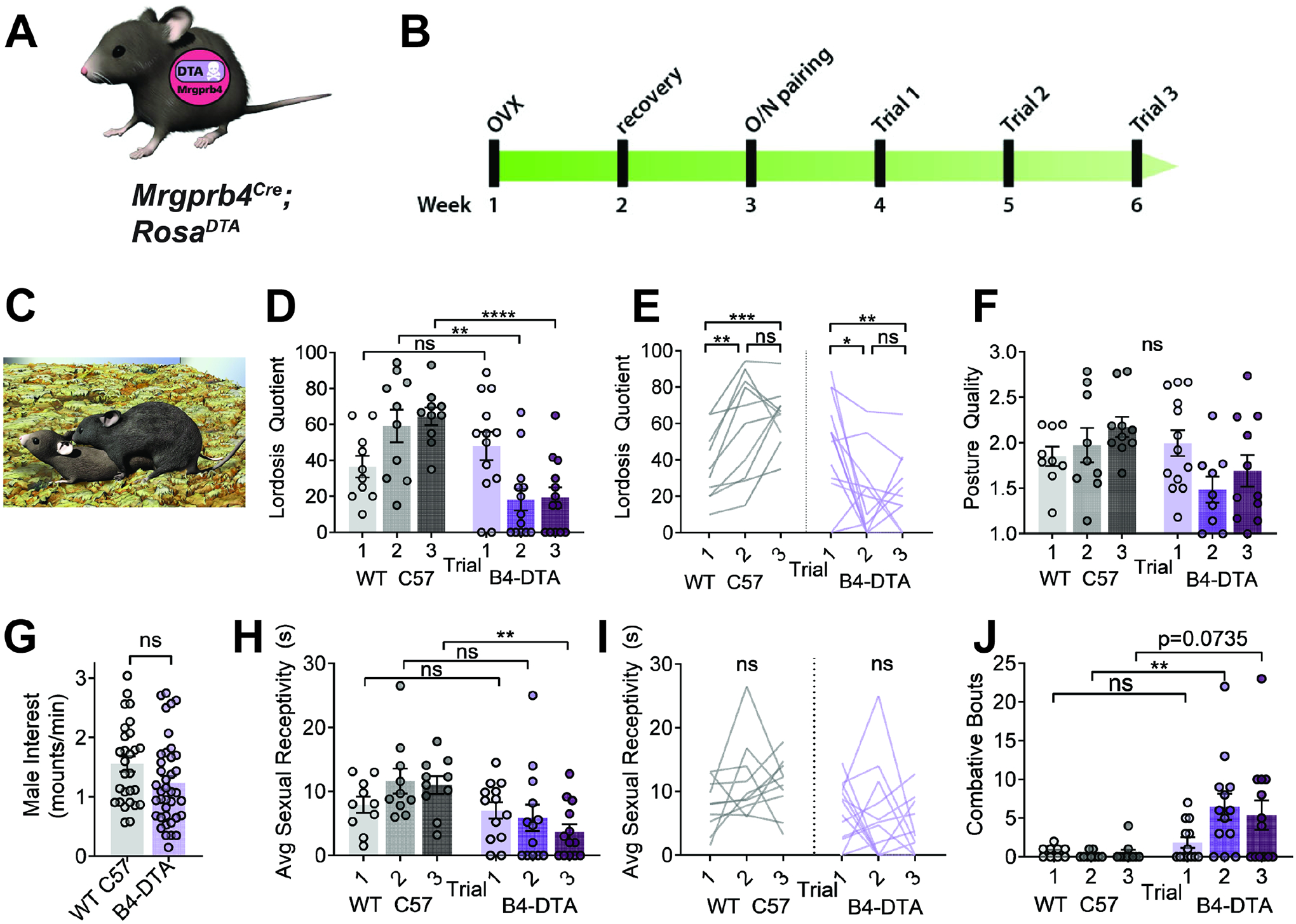Figure 4: Mrgprb4-lineage neurons are required for female sexual receptivity.

A) Graphic representing Mrgprb4Cre; RosaDTA mouseline, expressing DTA in a Cre-dependent manner to ablate Mrgprb4-lineage neurons. B) Timeline for assessing sexual receptivity with lordosis quotient (LQ) assay: all females are given two weeks to recover after ovariectomy (OVX), at which point estradiol and progesterone are administered to put them in behavioral estrus for an overnight pairing with a male. Hormones replaced prior to each LQ trial. C) Assays conducted in the male home cage in the dark cycle. Graphic depicts a female in sexually receptive lordosis posture in response to male mount D,E) Lordosis quotient scores for 3 sequential trials for WT C57 and Mrgprb4Cre; RosaDTA females. (Two-Way Repeated Measures ANOVA) D) On trials 2 and 3, Mrgprb4Cre; RosaDTA females exhibited significantly reduced sexual receptivity compared to WT females at the same trials (Trial 2 **p=0.0052; Trial 3 ****p<0.0001, Sidak’s multiple comparison test) E) Changes in individual mice across the three trials. WT females exhibit significant increase in sexual receptivity from trial 1 to trial 2 (**p=0.0055) and from trial 1 to trial 3 (***p=0.0009), whereas Mrgprb4Cre; RosaDTA females exhibit significant decrease in sexual receptivity from trial 1 to trial 2 (*p=0.0237) and from trial 1 to trial 3 (**p=0.0059), Tukey’s multiple comparisons test). F) Posture quality assessed on a scale from 1–3, where 1 is the minimum receptive posture and 3 is the most robust posture (details in methods) (ns, Two-Way Repeated Measures Mixed-effects analysis). G) Male mounting frequency was no different between Mrgprb4Cre; RosaDTA females and controls (ns, independent samples t-test). H) Average sexual receptivity, or duration maintained a receptive posture. (**p=0.0021, Two-Way Repeated Measures ANOVA, Sidak’s multiple comparisons test). I) Changes in sexual receptivity in individual mice across trials (ns, Tukey’s multiple comparisons test). J) Total number of combative bouts observed for each female in each trial. (**p=0.0096, Two-Way Repeated Measures Mixed-effects analysis, Sidak’s multiple comparisons test)
